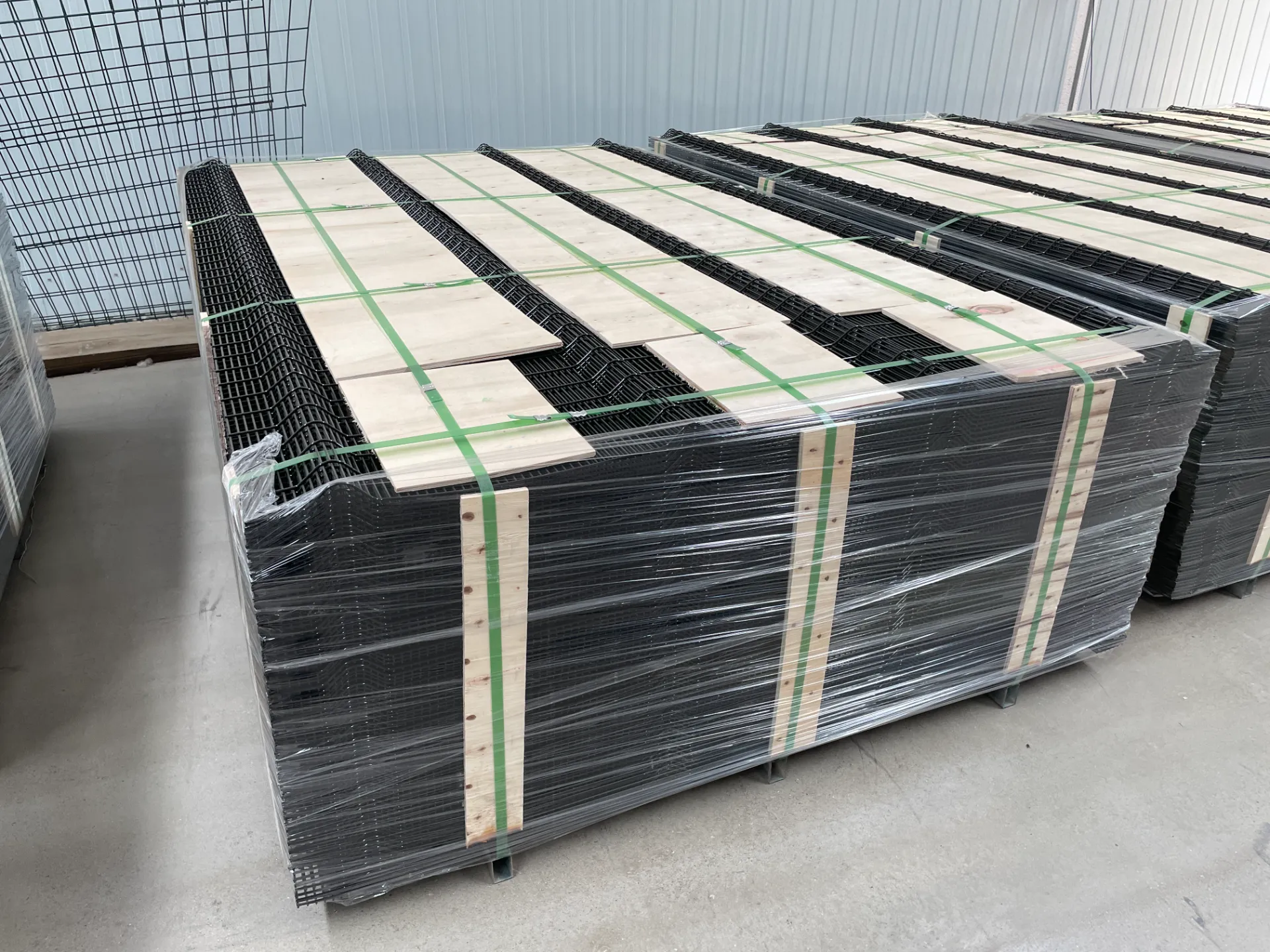Types of Chicken Mesh - A Comprehensive Guide
Types of Chicken Mesh A Comprehensive Overview
When it comes to keeping chickens, providing a safe and secure environment is paramount. One crucial aspect of this is choosing the right type of chicken mesh, also known as chicken wire or poultry netting. Different types of mesh serve various purposes, and understanding their characteristics can help poultry keepers make informed choices for their flocks.
1. Hexagonal Wire Netting
Hexagonal wire netting, often referred to as chicken wire, is one of the most commonly used types of mesh for poultry enclosures. Made from thin galvanized wire, it features a hexagonal pattern that prevents chickens from escaping while keeping out predators. The mesh typically comes in different gauge sizes, with heavier gauges offering greater strength and durability. While this type of netting is effective for many purposes, it is important to remember that small predators, such as weasels and raccoons, can still squeeze through the openings, so additional layers of protection may be necessary.
2. Welded Wire Fencing
Welded wire fencing consists of horizontal and vertical wires that are welded together at their intersections. This type of chicken mesh is more robust than hexagonal wire netting, providing a stronger barrier against larger predators. It typically has square openings, which can vary in size depending on the manufacturer’s specifications. Welded wire fencing is ideal for setting up permanent enclosures due to its durability and ability to withstand harsh weather conditions. However, the initial cost may be higher than that of hexagonal wire netting.
types of chicken mesh

Electric poultry fencing is an innovative solution for keeping chickens safe from predators while allowing for free-range behavior. This type of mesh incorporates electrified wires that deter animals from approaching. The shock is harmless but serves as a strong deterrent for potential threats. Electric fencing can be more costly than traditional methods, but it offers flexibility and mobility, making it suitable for those who wish to change their chickens' grazing areas regularly.
4. Predator-Resistant Mesh
Predator-resistant mesh is specifically designed to provide maximum protection against a variety of predators, including raccoons, foxes, and hawks. This type of mesh is usually made from high-tensile steel and features small openings to prevent even the smallest of attackers from getting through. While predator-resistant meshing is often more expensive than other types, it offers peace of mind for poultry owners who have experienced problems with predators in the past.
5. Shade Cloth and Bird Nets
While not traditional meshes for fencing, shade cloth and bird nets play an essential role in providing a comfortable environment for backyard chickens. Shade cloth protects chickens from harmful UV rays and keeps them cool during hot weather, while bird nets prevent aerial predators from attacking. Both are essential considerations for a well-rounded chicken coop setup.
Conclusion
In summary, choosing the right type of chicken mesh is vital for ensuring the safety and well-being of your flock. Whether you opt for hexagonal wire netting, welded wire fencing, electric poultry fencing, predator-resistant mesh, or a combination of these options, understanding the advantages and limitations of each type will aid you in creating a secure and thriving environment for your chickens. Always assess your specific needs, considering factors such as the local predator population, your chickens' behavior, and your budget, to make the best choice.
-
Space-Saving Chain Fence Hacks Vertical Gardening with Cyclone MeshNewsJul.16,2025
-
Innovations in Iron Nail Wire Production for Modern ConstructionNewsJul.16,2025
-
Creative Uses of Wire Netting Fence in Modern Landscape DesignNewsJul.16,2025
-
Barbed Wire Fence Innovations in Anti-Climb TechnologyNewsJul.16,2025
-
Architectural Uses of Umbrella Nails for Aesthetic Roof DesignsNewsJul.16,2025
-
Architectural Uses of Razor Barbed Wire in Secure Urban DesignNewsJul.16,2025




